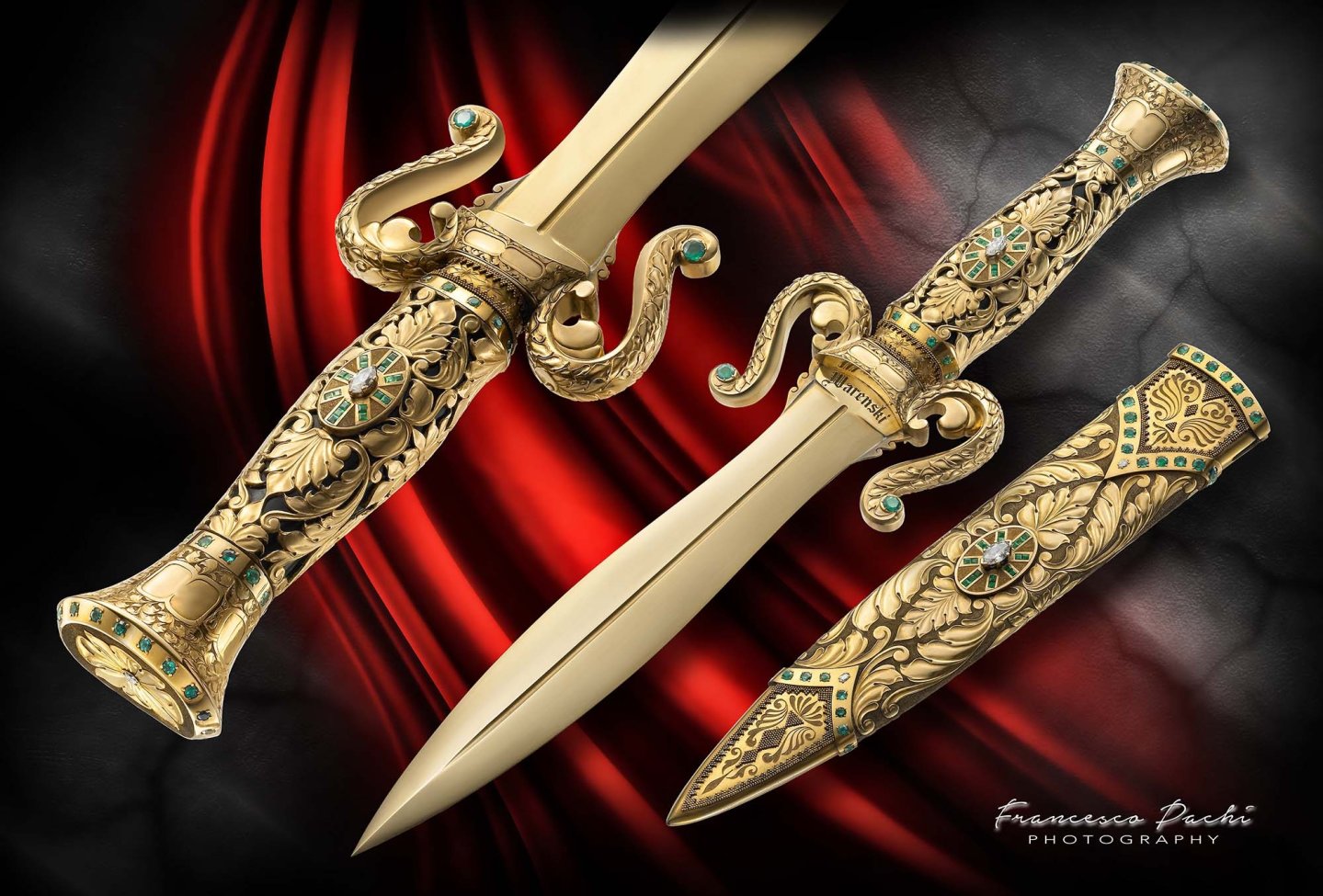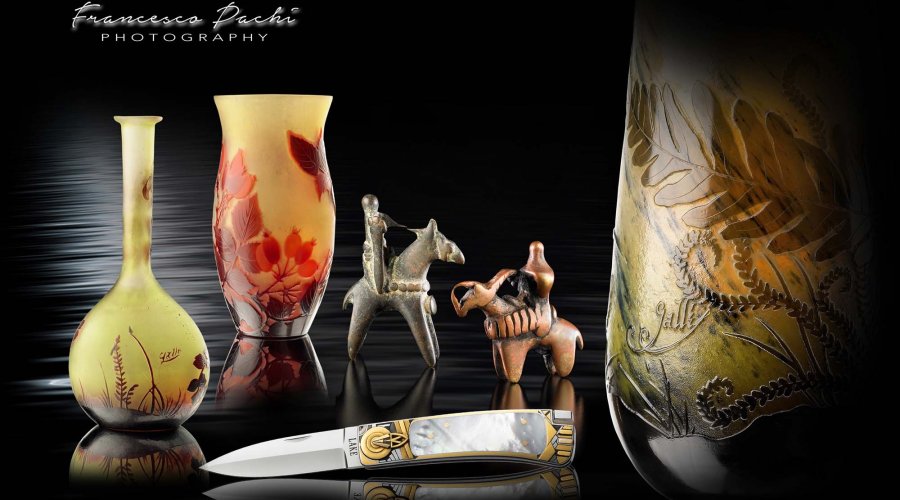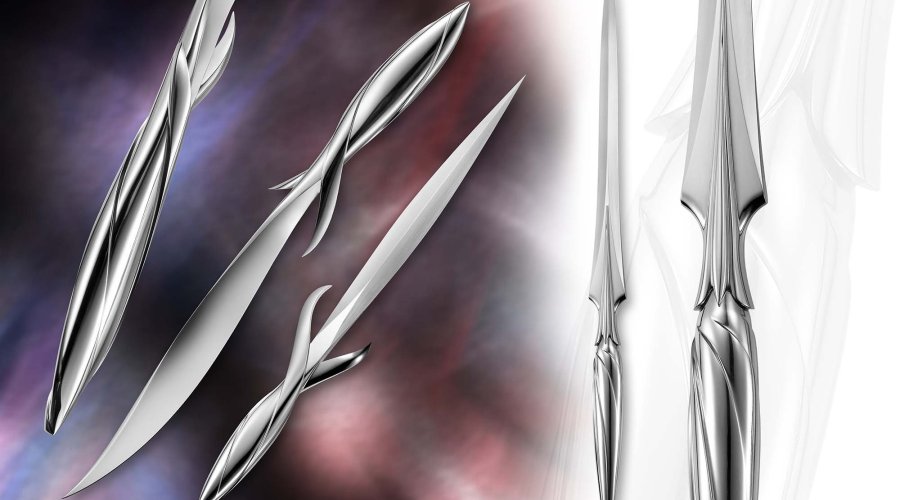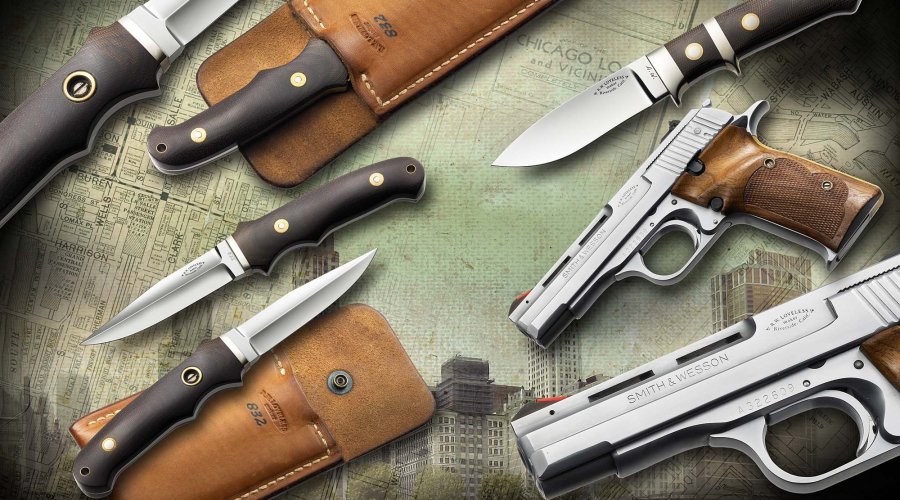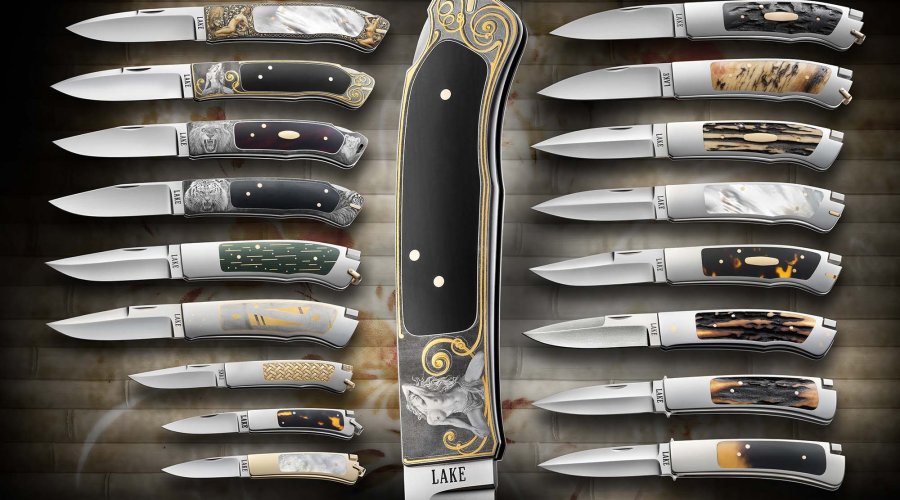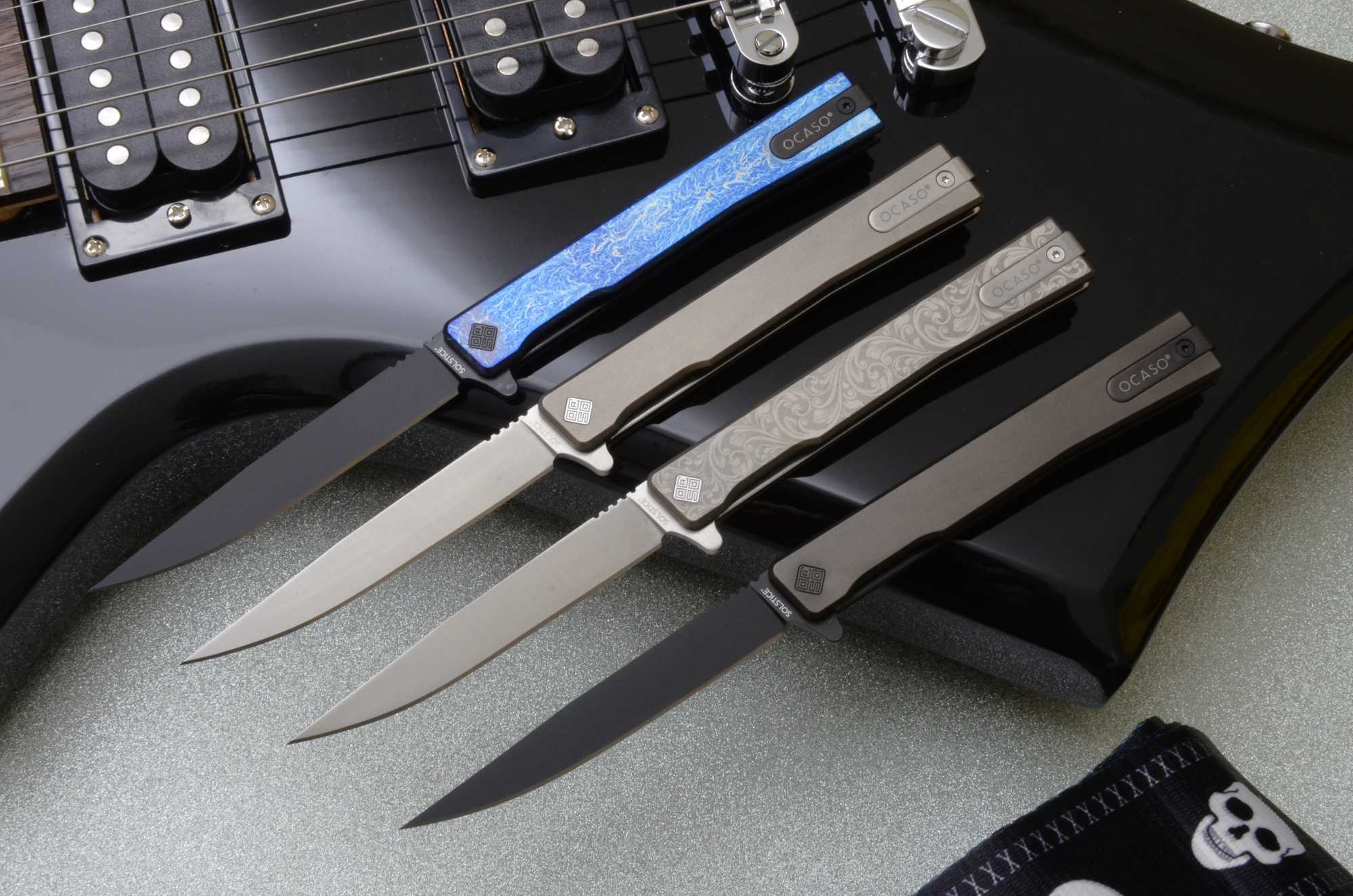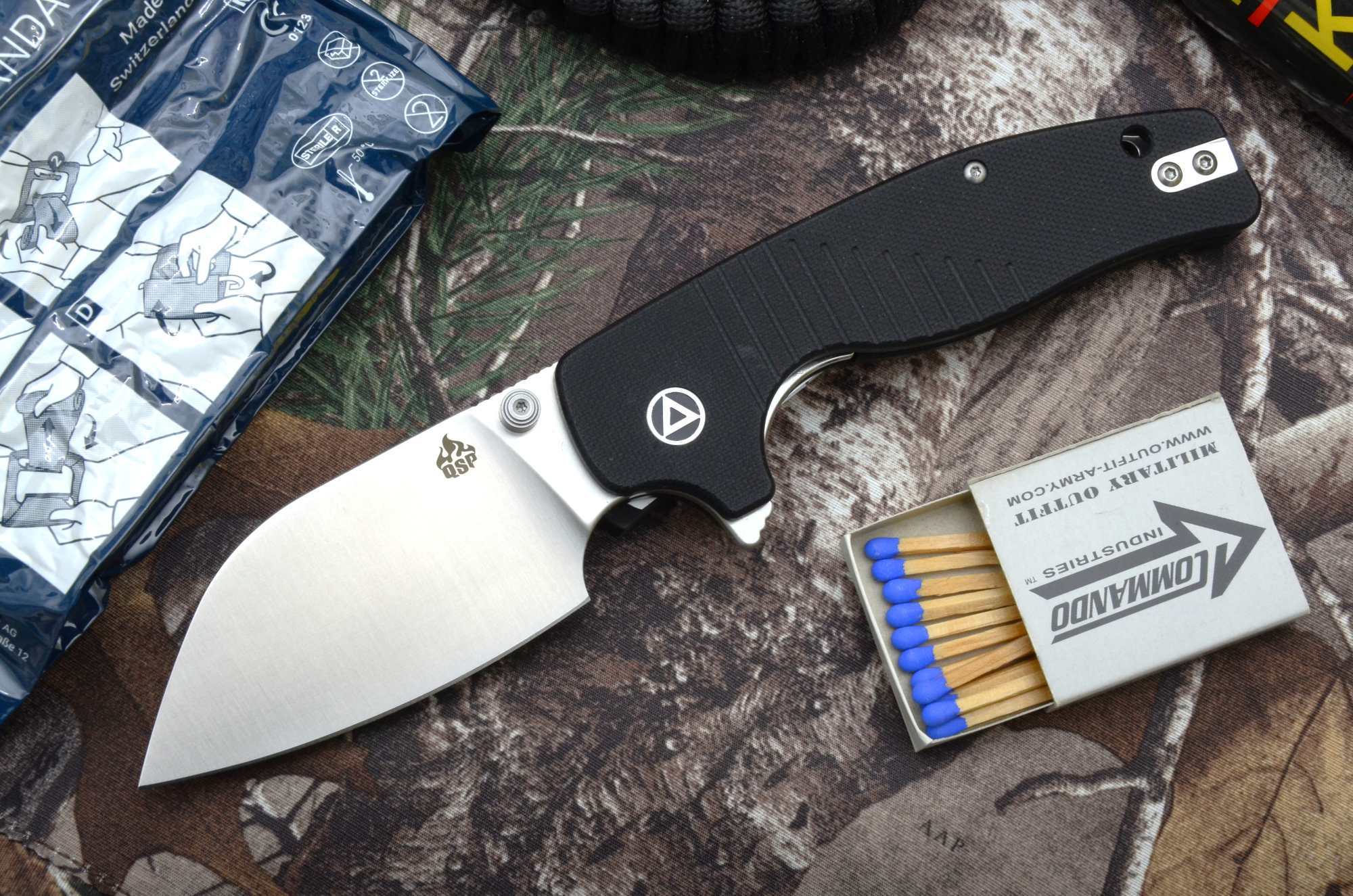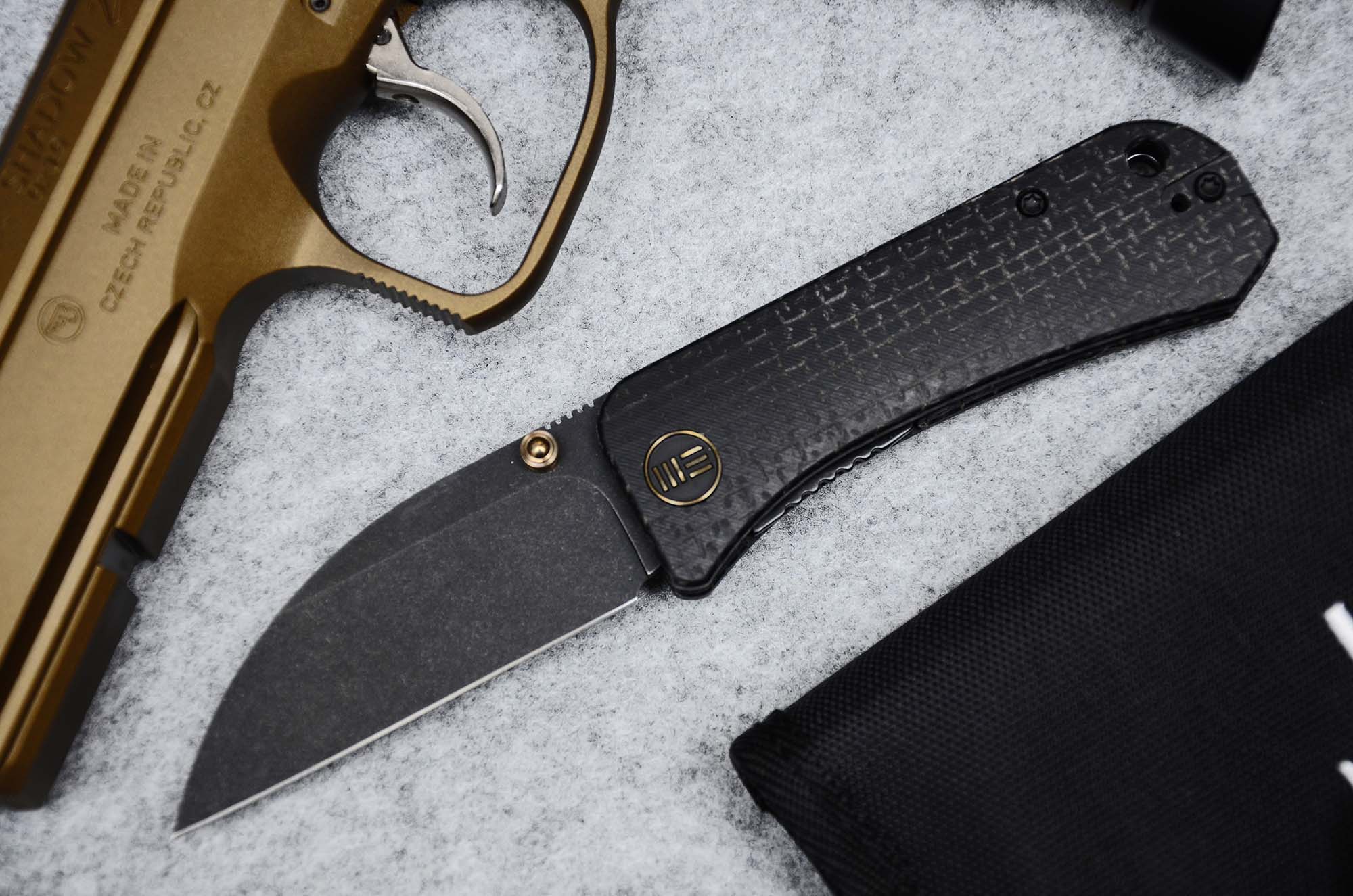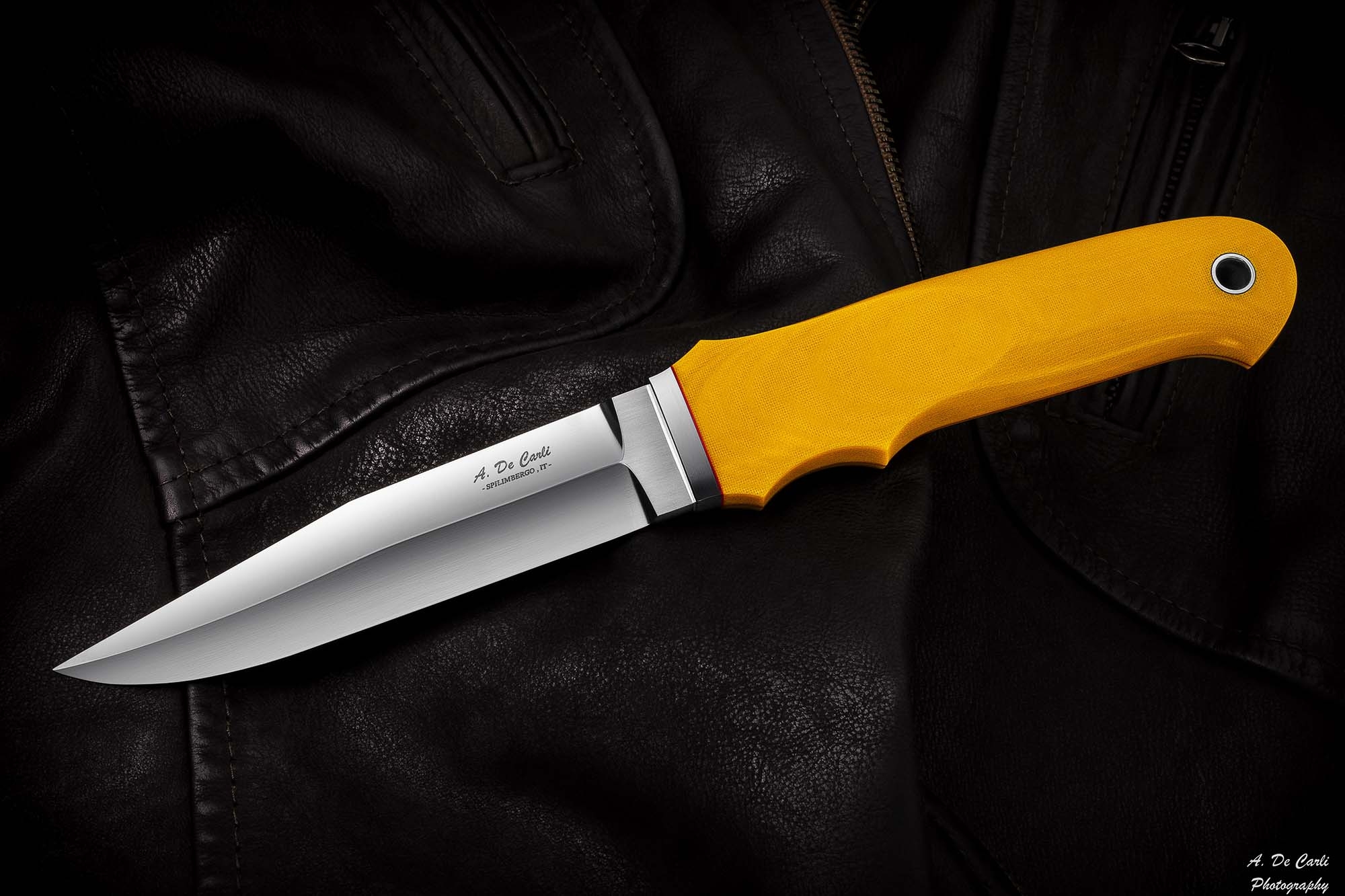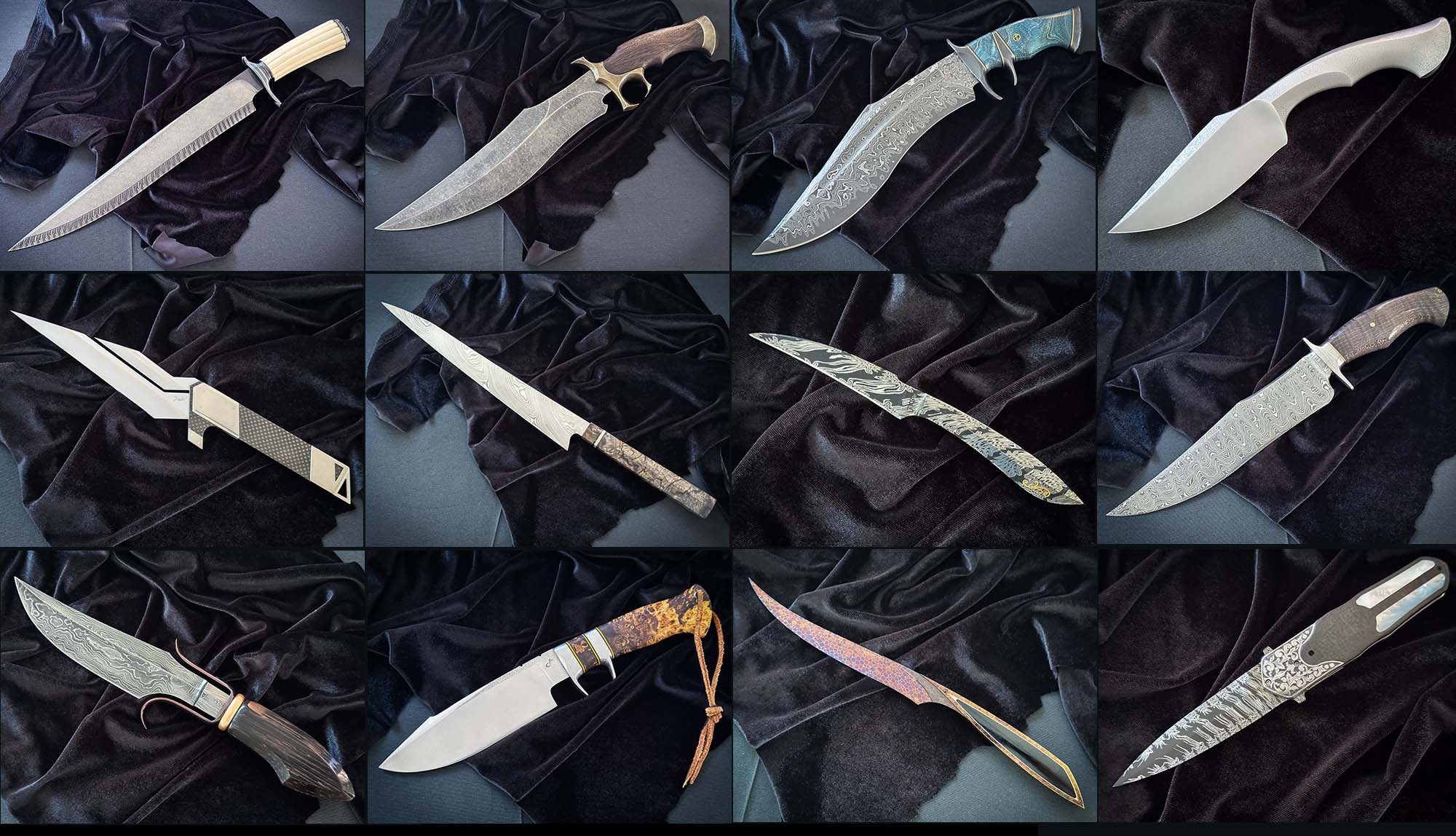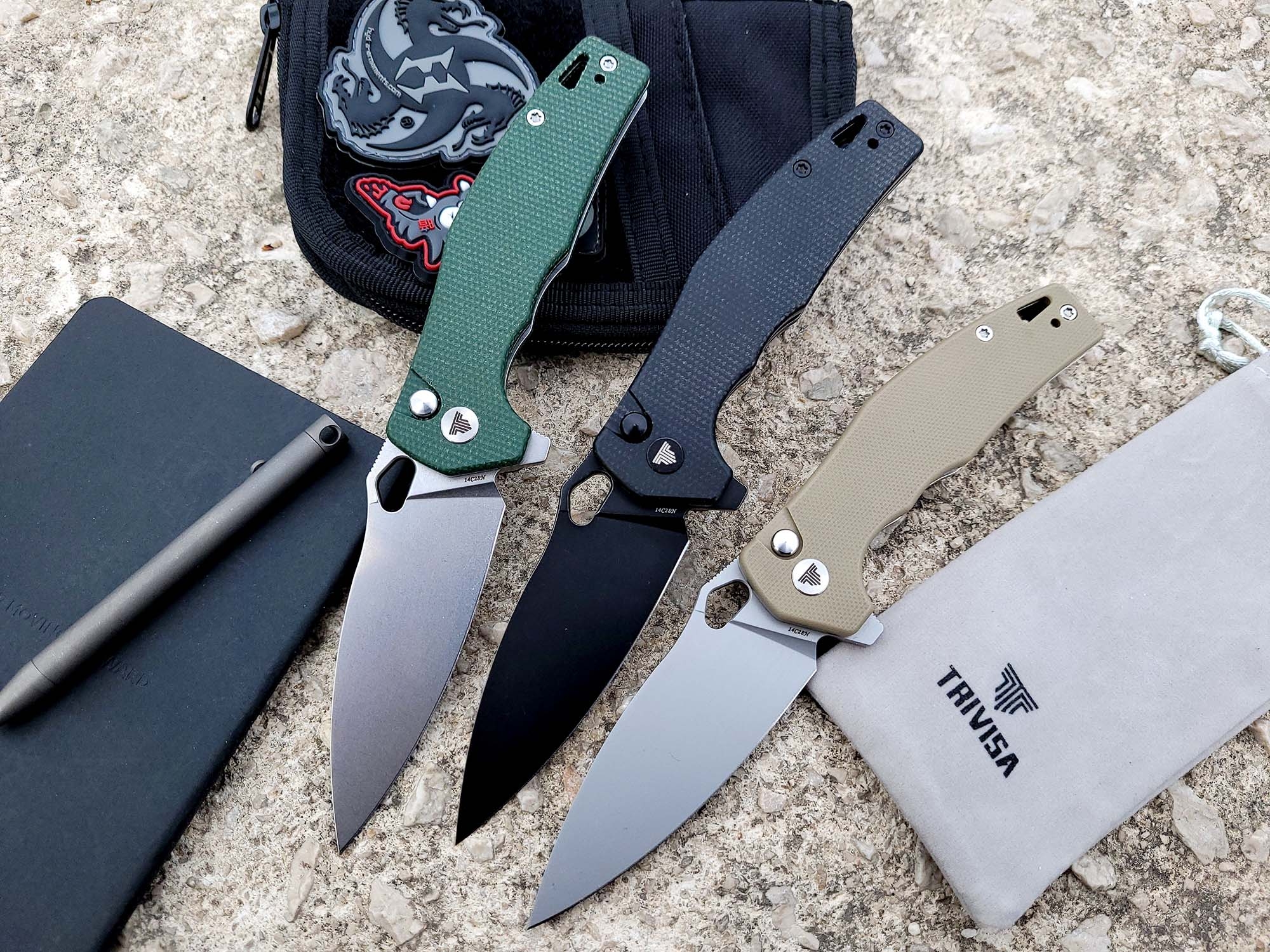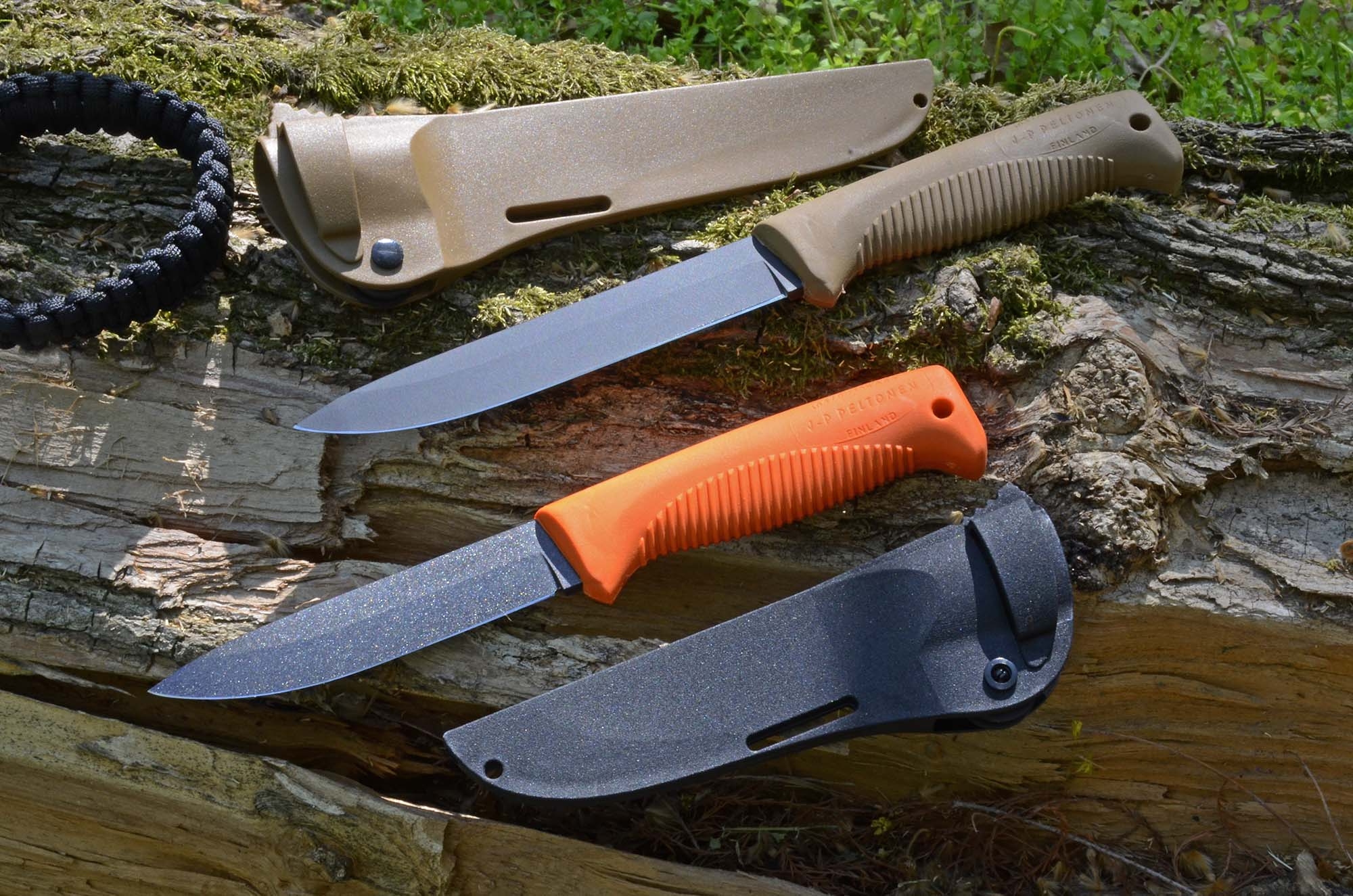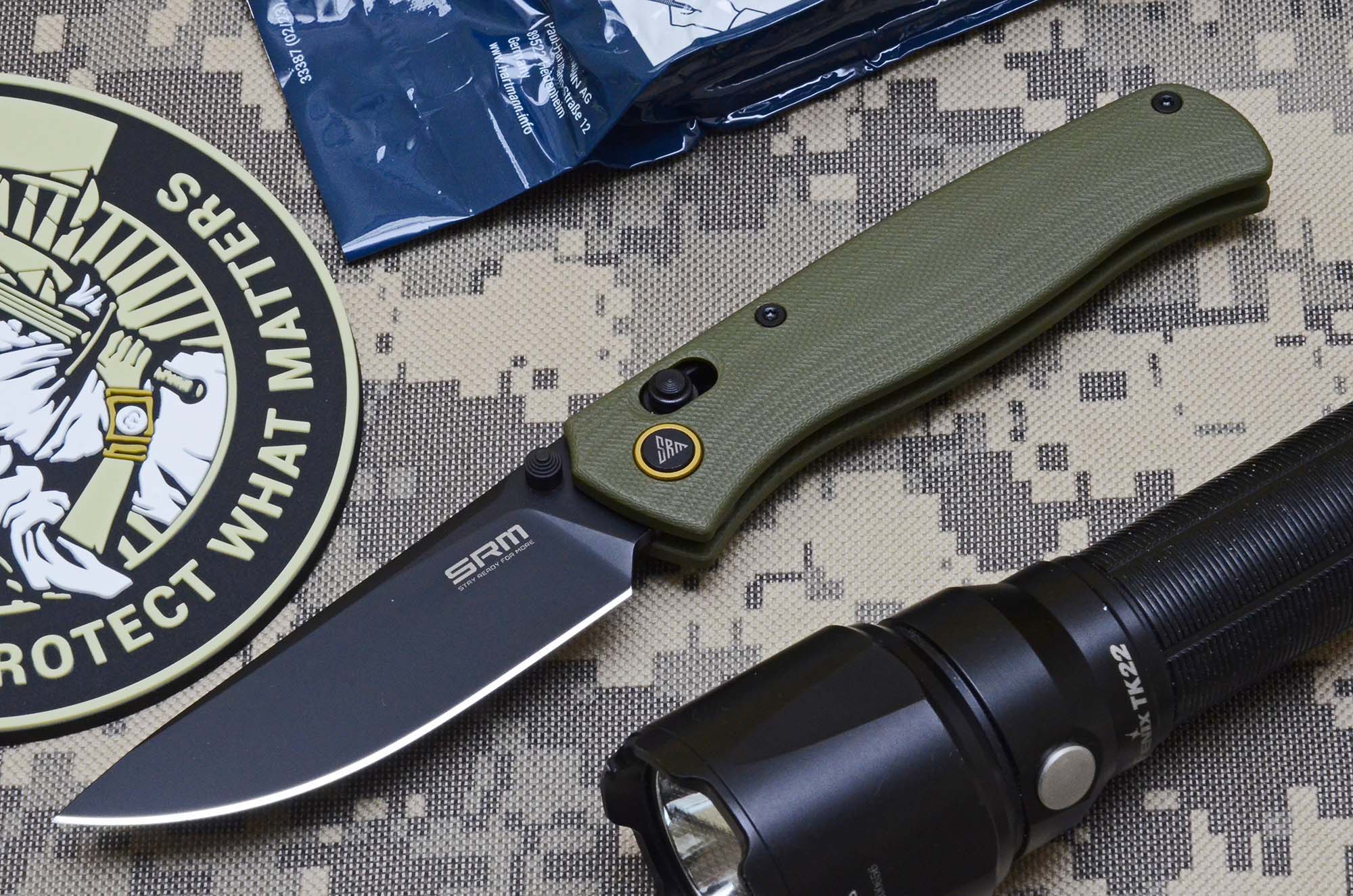Welcome to all4shooters Master, do you feel like starting with some personal information?
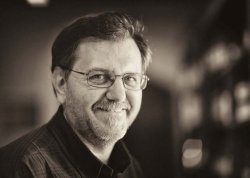
I was born in Genoa, Italy, in 1961 and since I was a boy I've always been interested in photography. After finishing my studies I decided that it would be the way of my life, so in 1983 I became an assistant to a professional photographer. Afterwards, I opened my photo studio in Genoa and for 15 years I constantly worked, especially in advertising.
I have always had an aptitude for photographing objects, so it was natural for me to specialize in still life and studio photography. Those were still the days when you worked with large flat films and a view camera was almost a must-have.
Tell us about your "double career" as a photographer, with an interlude as a knifemaker.
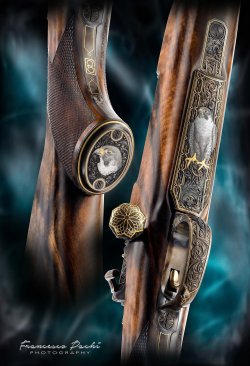
During my first years as a photographer I met my future wife, Mirella. She worked as art director for an advertising agency, in 1988 we got married and started working together. Our talents complemented each other because many aspects of photography and graphic arts are closely related.
In the early 1990s I came into contact with the world of knives: it was love at first sight and it quickly led to deep changes, including moving my life and work to a house in the countryside of Sassello, in the Ligurian hinterland. There, while still maintaining my activity as a photographer, I also worked as a knifemaker. .
In 1996, together with four other knifemakers, I founded the Corporazione Italiana Coltellinai, the Italian Knifemakers' Guild, of which I was first secretary and then president. In 2001 I became a member of the US Knifemakers' Guild, taking part to numerous knife shows in the USA and coming into contact with important collectors. Mirella and I spent very intense years entirely dedicating to the world of custom knives, for me in the building of knives and for her in the making of beautiful engravings with the scrimshaw technique, and together in the creation of the first photographic books.
What kind of photo shoots do you make?
Today our life is dedicated exclusively to photography, graphics and we spend most of the time making photographic books about art objects ranging from firearms to watches, from "Art Nouveau" glass to African art sculptures... In addition to this, the work is dedicated to companies outside the world of knives or art, for which I make advertising photos and catalogs. On the other hand, it's quite normal for those who live of photography to work on very different objects ... One day you organize a set for a catalog of wine bottles or sweets, and the next day you take photos of a dagger or a beautifully engraved rifle.
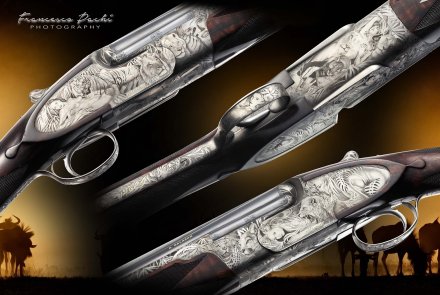
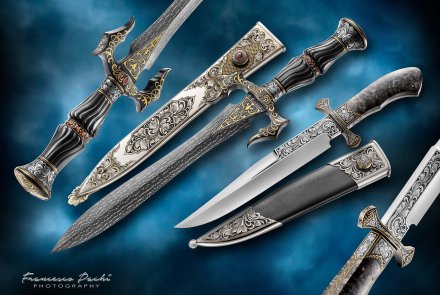
Do you work exclusively in the studio or also in other locations?
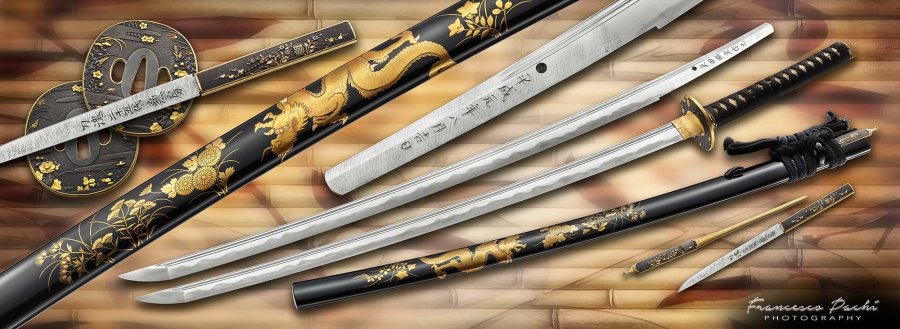
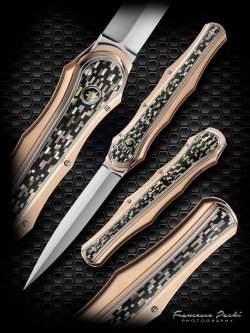
Sometimes collectors and knifemakers come directly to my studio for the shooting, otherwise they send me their objects to photograph, but I often go abroad to their places to take pictures of the most important collections, then returning to my studio where the long work of computer processing and book layout is done. I am also present at some knife shows where I move with my photographic set to work for the artisans taking part to the events: in Europe, usually to Milan, Paris and Helsinki, and last year twice to Beijing, in China. In addition, for 10 years I have been the official photographer for the AKI in San Diego, recognized by many as the most important event in the knife-making world.
You also make editorial products of the highest level, can you tell us about that?
Years ago, after photographing and making custom knives – that is, on commission – I asked myself the question: "Why can't I also make custom books?” This was the beginning of the idea to produce books specially designed for the customer, books that were art objects in themselves, printed in a relatively small number of copies, conceived to be prized possessions forever. So I discussed my concept with several important collectors who enthusiastically agreed. In most cases, only a few copies are produced, which collectors give as gifts to their closest friends or keep in their family as a beautiful memory of a lifetime's passion. The quality of each book must be absolutely high and every detail is made in such a way that the publication reaches the highest level: from the metal paper used for printing that gives an almost three-dimensional look to images and seems to allow those who browse the book to touch the objects, to the leather covers with inserted photographs or Damascus steel inlays and engravings.
What are the main difficulties in photographing custom firearms and knives?
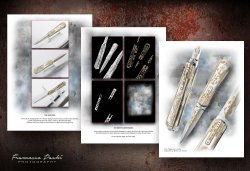
The problem is that firearms are usually made of very different materials, and it can happen to photograph an object with mirror polished parts next to precious wood with engravings, gold or mother-of-pearl inlays and more... In a single shot it's impossible to have a perfect exposure or the correct lighting in all areas. I photograph this kind of objects with a series of multiple shots where camera and subject remain absolutely still, while between one shot and the next I change the lights according to the areas that interest me. During post-production all the various parts are then joined in and balanced, and different layers are created for the different materials. At last, the final image is composed.
A slightly polemical question: photographing them with this quality, aren't you running the risk of making the knives more beautiful than they actually are?
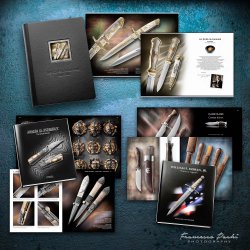
That's true, in fact. With beautiful lights, perfectly correcting the colors of the various materials you can create an image that sometimes is better than reality. Even if today's trend is to exasperate every image (social media are an example in front of everyone's eyes) it is up to us to try to balance the image with reality, always aiming at the highest quality.
Only in ancient or historical objects you must minimize any correction or post-production intervention, in this case even a small defect is part of the history of the object and should be absolutely preserved.
Now the transition between analog and digital photos is a thing of the past, but what do you miss about the former and what can't you do without the latter?
It really seems like a lifetime since the first shots on large flat or roll films, but I think that all that work – something that many today think it's obsolete – was a great school for me. Let's be honest, not a day passes that I'm not thankful for the possibility of having the new digital technologies available, but having learned everything on old analog cameras, modern techniques really become an extension of the past. Correcting or modifying after shooting is quite easy today, but it takes a lot of time and it's better to always try to work flawlessly during the shooting: if a photographer thinks "I can correct it with Photoshop anyway", he's making a serious mistake.
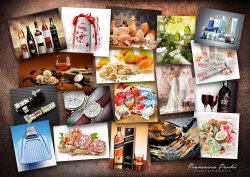
Thanks to your work you surely saw and photographed many extraordinary objects. Is there any that particularly impressed you? Can you tell us about it?
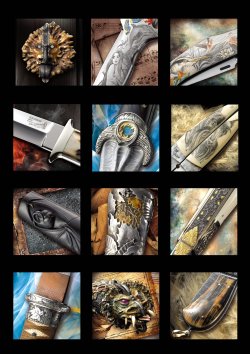
I can certainly say that I have always felt privileged to be able to photograph such beautiful objects. I want to tell you an anecdote that happened to me a few years ago at a collector's house while I was making shots for a book about his collection. After preceding me into a room where he had a large number of objects that I was supposed to photograph, I kept hearing his voice telling me to reach him – but no trace of him. Suddenly, I realized that the call came from inside the closet. So I opened the door, brushed his shirts away and, as if I had arrived in Narnia, the room of wonders suddenly opened up... I will always remember his smile as he saw my stunned face emerge from his clothes.
What are your social channels, and how to contact you?
I have a Facebook profile and an Instagram account (https://www.instagram.com/francescopachi/) that I don't use much (although I promise to follow it more).
For the rest, here are my contact details: Francesco Pachì, Località Pometta 1, 17046 Sassello (SV) Italy. Phone: 0039 335314254 - Web site www.pachi-photo.com - Email info@pachi-photo.com


